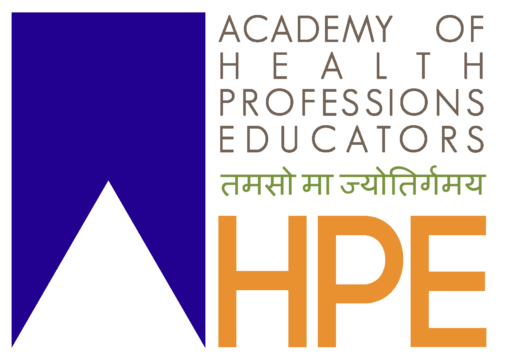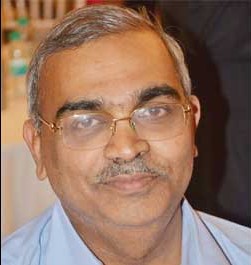Innovations pave the way for most of the progress that has occurred in the field of medicine. This holds equally true for medical education. Various innovative approaches in the field of education have significantly increased student’s engagement and improved understanding, leading to improved outcomes of education.
While innovation is motivated by teachers’ expectations that a new approach will benefit students, the reality is that not all innovations will result in improved learning. The ethical dilemma of implementing any educational innovation is knowing whether a particular innovation will prove to be good for students. This uncertainty creates challenges for teachers, students, and the education system.
By its very nature, an innovation introduces a potential risk to the process of student learning- a risk that may not be fully anticipated at the outset. At the same time, it fosters an optimism bias too. Ideally, informed consent of the students involved in educational innovations must be obtained along with permission from the authorities for using it. Innovative procedures and their associated educational technology raise issues of cost and resource distribution in the contemporary, financially conscious, healthcare educational environment.
Teachers and institutions need to identify and address conflicts of interest created by the development and application of an innovation, always giving priority to students’ interests over and above academic scholarship or institutional gains. Potential strategies to address the challenges inherent in educational innovation include collecting and reporting data of objective outcomes, expediting the informed consent process, and adhering to the principles of disclosure and professionalism. As teachers, we must encourage creativity and innovation keeping our ethical awareness and responsibility to students in mind.
In India, examination patterns are set by Universities and the Medical Council. However, teachers can still try and introduce innovative practices during their teaching learning sessions and formative assessments, keeping within the framework of Council guidelines.
The magnitude and urgency of the challenges to be faced in a developing country such as India are enormous. Funds are required to avail of the services of available experts. Educational planners, administrators and teachers have to work in a situation plagued with the continuing dilemma of requirement of change and development on the one hand, and the severe restraints imposed by traditions and shortage of resources, on the other. Despite this predicament they race against time to keep pace with better educational provisions elsewhere in the world. The strain is great- a few individuals and organizations perceive the urgency of finding unconventional ways of conducting different aspects of the educational system, but more often than not they are outnumbered by those keen to hold fast to traditions. In the ensuing conflict of what should be done, innovations might arise and take shape swiftly, but their careful piloting and systematic diffusion present many difficulties. From this standpoint, the struggle which Indian educationists have put up with since independence, appears to have been fairly rewarding.
Each educational project is not necessarily based on entirely new ideas, but often comprises of the pragmatic adaptation of an earlier idea in the light of the present situation. For instance, the new graduate medical curriculum incorporates the best aspects of the basic education system as well as those progressive facets of such programmes prevalent in advanced countries.
Most of the innovations attempted so far in India focuses on greater input of human effort than on availability of financial support with strong administrative leadership. Structural changes made are plenty because new programmes cannot be planned and implemented through outdated systems. The most striking finding is that administrators have discarded their authoritative mantles and now welcome the entry of the teaching profession and the community into the traditionally holy precincts of the educational system. Yet, one must ensure that while introducing newer techniques of education, students consent must be taken along with institutional review boards permissions. No innovation should hamper achievement of the learning outcomes. If two methods are used, students should get benefit of best system, even if it means additional effort on part of teacher. Ultimate beneficiary of any innovation should be the students!
(Dr Avinash Supe is Past-President, AHPE. He is Director, GSMC FAIMER Regional Institute; Director, Medical Education Mumbai, Dean & Professor, G I Surgery, GS Medical College KEM Hospital, Mumbai)

